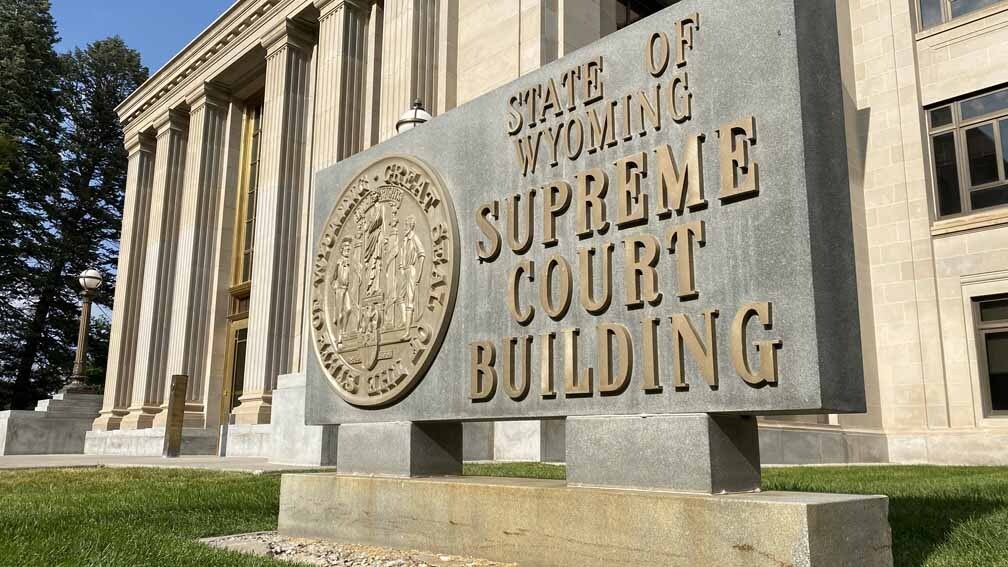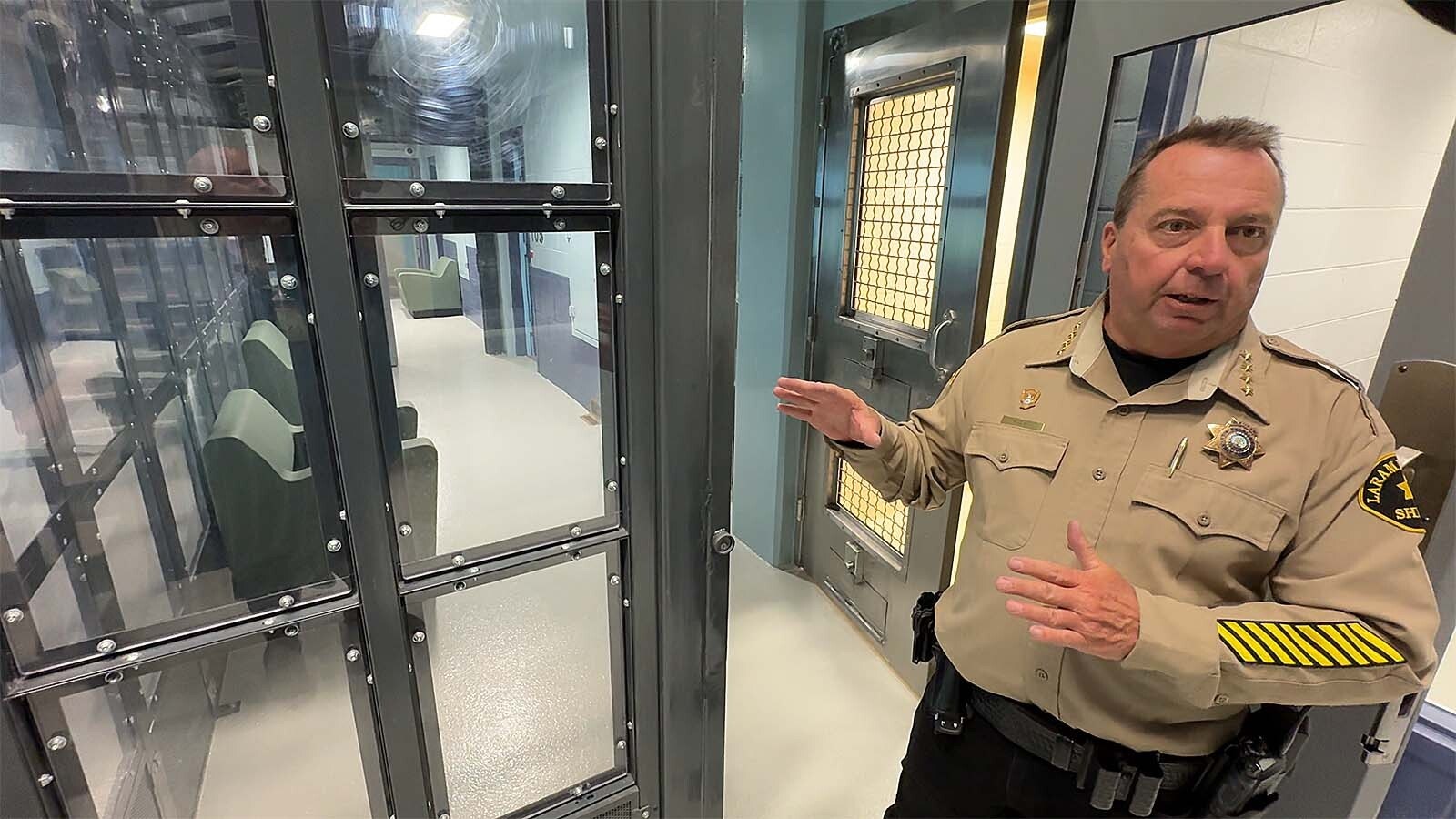A cracked windshield was sufficient reason for Wyoming Highway Patrol officers to pull over a suspected drug dealer in a stop that led to his arrest on meth-related charges, Wyoming’s Supreme Court has ruled.
The court unanimously upheld the conviction of Ryan Scott Simmons, who was convicted of possession, possession with intent to deliver and conspiracy to deliver meth after his 2019 arrest on Interstate 80 near Rawlins.
Justices rejected Simmons’ arguments that the evidence seized from the pickup truck he was riding in, including one-quarter pound of meth, should be suppressed because it was improperly pulled over by Highway Patrol troopers for having a cracked windshield.
According to the ruling, the state Division of Criminal Investigation had collected information indicating Simmons was selling meth in Carbon County and that his source was in Denver. DCI agents placed a GPS tracking device on the pickup truck Simmons used, which belonged to his father.
When the tracking device showed the truck had been driven from Rawlins to Denver and was returning to Wyoming, the DCI asked the troopers to stop Simmons if he committed a traffic violation in Carbon County.
Troopers watching for Simmons spotted the truck on Interstate 80 and noticed a crack in the windshield, the opinion said. Troopers stopped the vehicle, in which Simmons was a passenger, and searched it after a drug detection dog “alerted” to the presence of drugs in the vehicle.
The search revealed one-quarter pound of meth, a glass pipe with meth residue, scales and other paraphernalia.
Before his trial, Simmons asked that the evidence be suppressed because he was pulled over “for a crack on his windshield which did not obstruct the view of the road.” He argued that the troopers could not be sure that the crack obscured the driver’s view.
However, the trial court rejected the request, saying that in the opinion of the Highway Patrol troopers, the crack would have obstructed the driver’s view, a violation of state law.
The opinion written by Justice Lynne Boomgaarden agreed with the trial court’s reasoning.
“We conclude the district court’s factual findings are not clearly erroneous,” the ruling said. “(The trooper) did not need to ‘determine … .that the driver’s view was impaired.’ He needed ‘reasonable suspicion — that is, a particularized and objective basis’ to suspect the driver’s view was obstructed, obscured or impaired … and he had as much under the circumstances of this case.“





